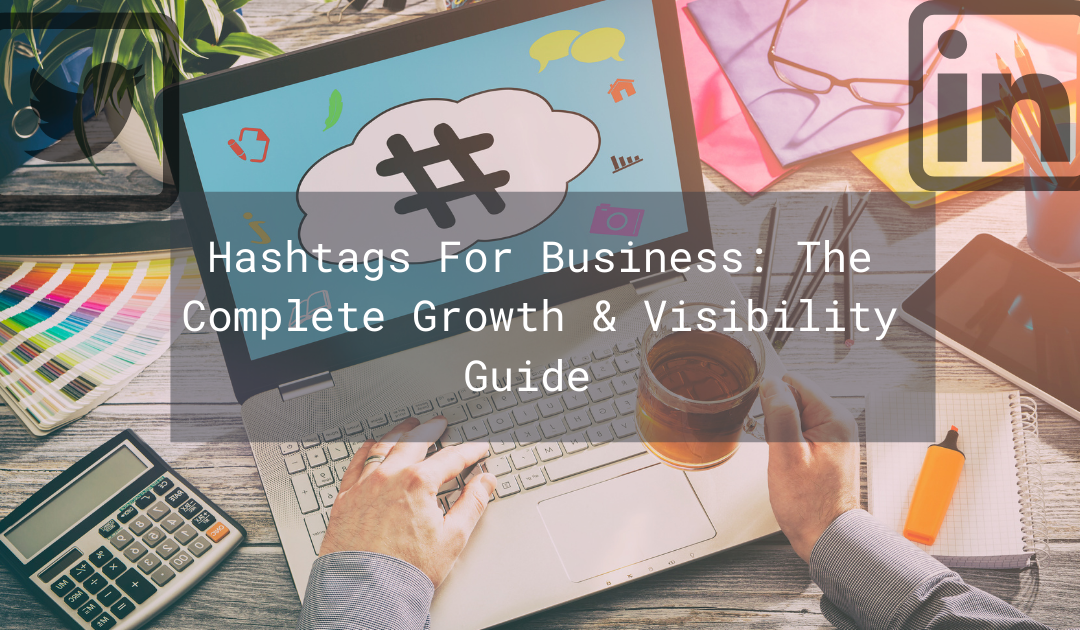
Hashtags For Business: The Complete Growth & Visibility Guide
Hashtags are everywhere, and they’ve been a popular way of tagging your posts since 2009. It was Twitter that popularised hashtags, but today platforms such as Instagram and LinkedIn use them. The biggest issue many people have is how to use hashtags for business growth.
Using hashtags correctly can ignite peoples interest and make them talk about your brand. They also increase your impressions and help you to reach your target audience. In this post, we’re going to discuss hashtags in more detail and reveal some ways to grow your business by using them.
How Do Hashtags Work?
Hashtags are a popular way to categorise your content on social media platforms. For example, if you wrote a post about some new cat food, you could add this ‘#pets# tag to make sure it reaches the relevant audiences.
Social media platforms can analyse and index your content according to the tags you use, which is especially beneficial for businesses. When you use a specific hashtag, your post will become visible to anyone who follows the topic.
Social Media Marketing Using Hashtags
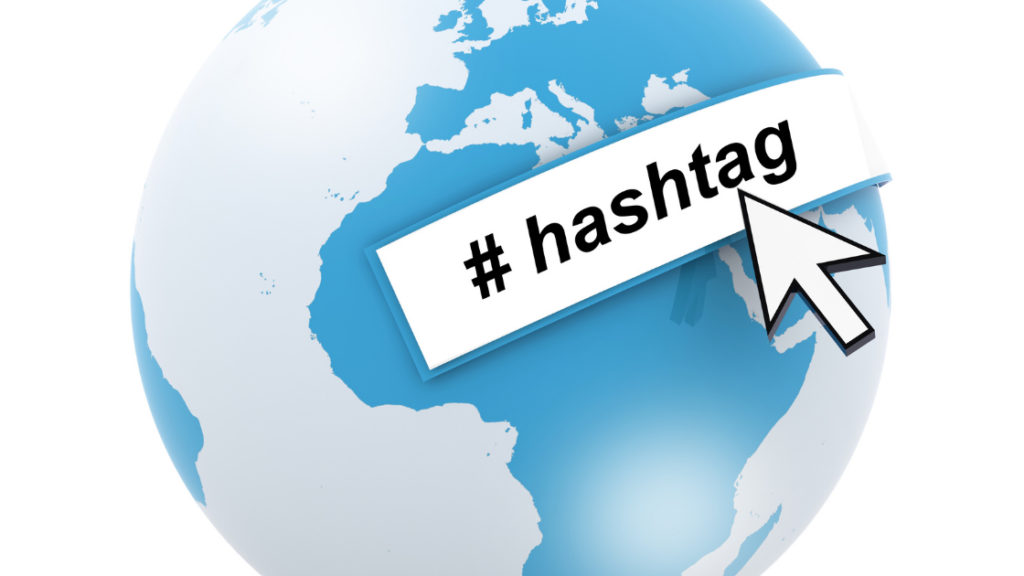
Hashtag marketing can boost your social media strategy and help you reach a wider audience. If you learn to use them to your advantage, you’ll be able to decrease the time you spend promoting your business on social platforms.
The biggest issue for businesses is choosing the right hashtags. It’s important to mention here that the one thing you don’t want to do is fill your post with hashtags. Readers won’t take your post seriously if it seems like you want to get as many views as possible, so keep it simple.
It would help if you chose the hashtags that have the most relevance for your business. For example, if you offer website management services, you can look for the most popular hashtag variations for that industry.
Choosing the Right Hashtags for Business Marketing
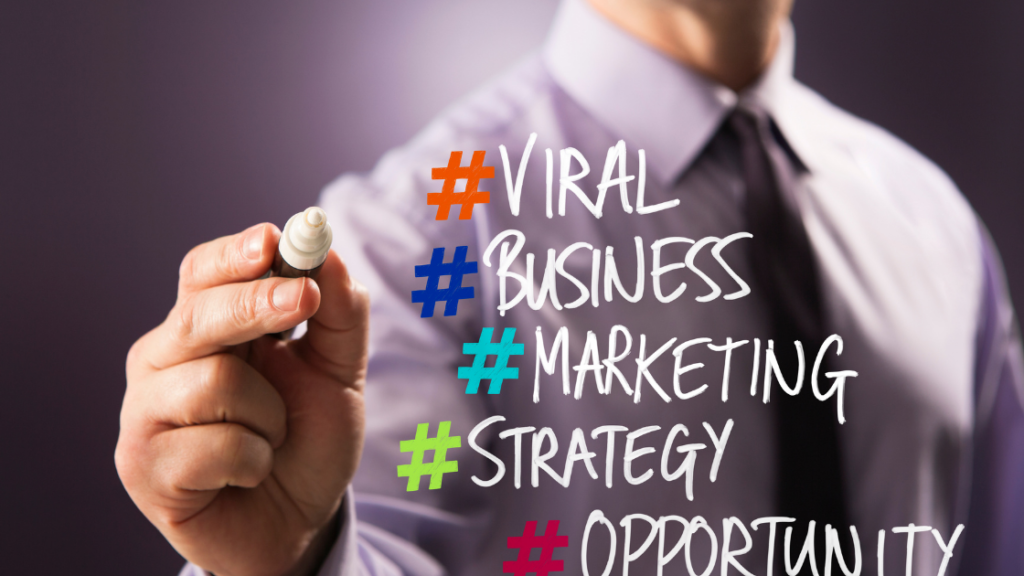
So, how do you choose the right hashtags? Well, there are so many on the platform; it’s best to look at which one fits your objective. Here are the tags you should know.
Exposure Hashtags
There are many types of hashtags, so we’ve split them into two groups: exposure and sales tags. Exposure tags can put your business in front of a larger audience, and sales tags can turn followers into customers.
Let’s take a look at exposure hashtags.
Niche Hashtags
Niche hashtags relate to your field or industry. They’re the most popular type of tags for small businesses because finding them takes very little research. When you know which hashtags to use, you can implement them in your social media strategy.
For example, let’s say you own an online shop selling used clothing, but only shipping within the UK. Instead of finding an international hashtag, you should look for one that’s specific to the UK. That way, you can reach your target audience and have a higher chance of converting them into customers.
You can also find tags by thinking about the products you sell and the services you offer. Let’s take Zapp Sites as an example.
At Zapp, we offer website management services, which includes design, maintenance, updates and WordPress websites. Instead of just using #website management services, we make sure our tags contain WordPress and other keywords related to our management services.
Niche Tag Tip
A great way to find the right hashtags is by analysing your competitors. Go onto their page and look at the tags they use for their posts.
Branded Hashtags
If you want to build a strong brand, then it’s essential to make sure people know who you are and what you can offer them. One of the best (and most complicated) ways of improving your companies social media presence is to use branded hashtags.
Branded hashtags feature your company name, and they can be instrumental in converting your followers to customers. When it comes to difficulty, branded hashtags are in a league of their own. Your success with your tags depends on your marketing strategy.
While other types of hashtags often refer to trending topics, your branded tags must emulate your company and help people find you. There are traditional company hashtags such as #McDonald’s, but you can also get creative. For example, # ZappAndIt’sDone.
The best thing about branded hashtags is you can use them to grow your customer base. They’re convenient to use, and adding them to every post means you can increase your online presence.
Trending Hashtags
Trending hashtags are similar to top news stories because they’re the hot topics of the moment. If you’re a small business and want to gain some traction on social media, then trending tags can save you a lot of time and money.
When you use a tag that relates to a trending topic, you can reach a wider audience. While trending hashtags offer the advantage of getting your content to people quickly, they also have some disadvantages. Let’s take a look at them:
You Might Not Reach the People You Want
Just because you tag your post with a trending topic, it doesn’t mean you’ll reach the right audience. For example, if #business is trending, that opens up a wide net of people that might follow the topic. But it doesn’t mean they need your service.
Trending hashtags allow you to gain exposure for your company, but they don’t guarantee you more customers. A lot of businesses choose to niche their tags because it puts them in front of the right audience.
You Could Lose Out on Opportunities
If you spend all your time focusing on trending topics, you might miss out on potential customers. Writing content for trending topics is like casting a net into the ocean and hoping you’ll catch a fish. You don’t know where they are, or if you’re in the right place – but it’s worth a try, right?
Trending hashtags can be beneficial, but we recommended combining those tags with niche tags to get more leads.
Sales Hashtags
Statistics from LinkedIn show that 97% of B2B marketers use it as a platform for showcasing content. This figure alone shows how competitive social media is for businesses.
Sales hashtags can help you to turn followers into paying customers; if you use them correctly.
Call to Action Tags

Never underestimate the impact of a strong CTA. The primary purpose of a call to action tag is to compel people to complete an action. For example, if you want your audience to visit your website, you can use a call to action.
Coke is a classic example of using CTA tags. Their #ShareACoke campaign was successful because it spoke directly to the Millennial audience. Talking to your target audience and making yourself a relatable brand can dramatically improve your brand identity.
How to Use CTA Tags
If you want to use CTA tags, you should focus on your campaign instead of the overall brand. For example, Coke chose #ShareACoke to focus on the happiness the beverage brings.
The campaign was positioned to appeal to the Millennial generation, but Coke also runs different campaigns to keep their brand fresh. Using the same CTA tags can reduce the impact of your campaigns, so it’s time to get creative!
Product & Service Hashtags
If you offer a wide range of products/services, then it’s beneficial to use hashtags to market them. People often search by their intent, so you can save a lot of time when you add tags to specific products.
For example, a clothing brand for women could use a hashtag such as #WomensClothing, but do people search for that specific term? If a customer wants to buy a new skirt, they will look for skirts.
When you strategise your hashtags based on user intent, you can reach qualified leads instead of people who show interest in a broad topic.
How to Use Hashtags for Business Growth

If you haven’t used hashtag marketing before, then it can seem like a daunting process. Luckily, there are some easy ways to find the right tags. Let’s take a look at them.
- Keyword Research – If you’re familiar with SEO, you can use keyword research to find the best hashtags.
- Twitter Advanced Search – Twitter has a fantastic advanced search option which allows you to choose specific words and phrases to find the right keywords.
- LinkedIn Search – LinkedIn has a similar feature to find hashtags. Type the word or phrase into the search bar, and a list of the most popular hashtag topics will appear. Using this feature means you can find topics with the most followers.
The Bottom Line
Now you know how to use hashtags for business, you can begin to increase your visibility. Social media marketing takes time, but once you start to gain some traction with your audience, you can focus on turning them into paying customers.
While some people focus on multiple social media platforms, professional marketers choose the best platform for the business. If you’re not sure which is best for you, check out our guide here.


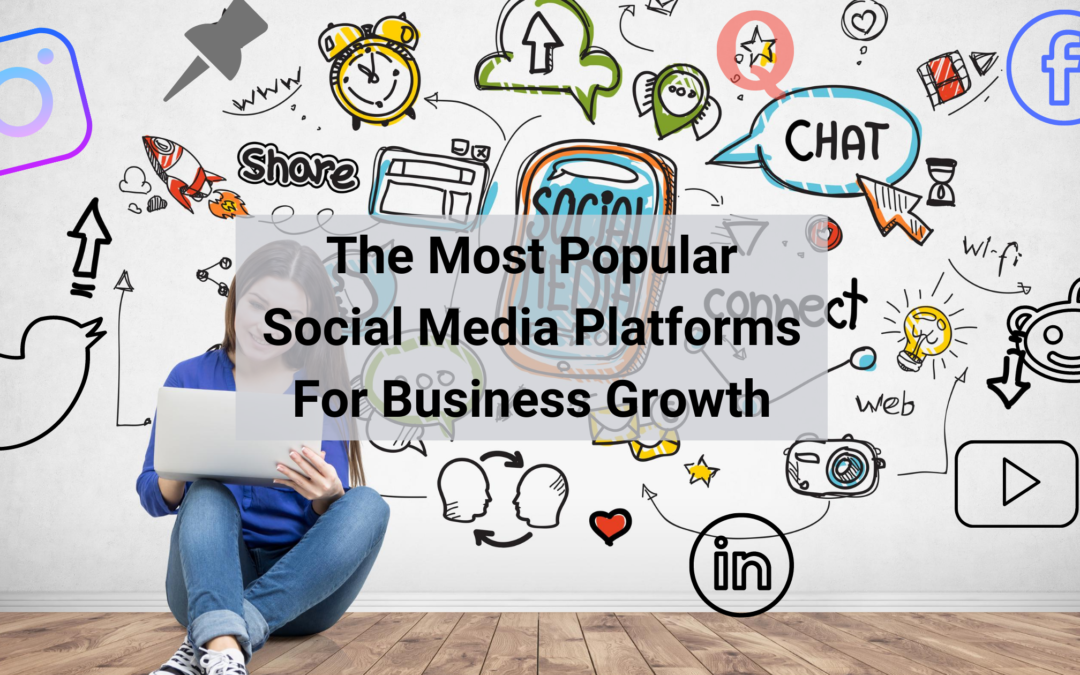
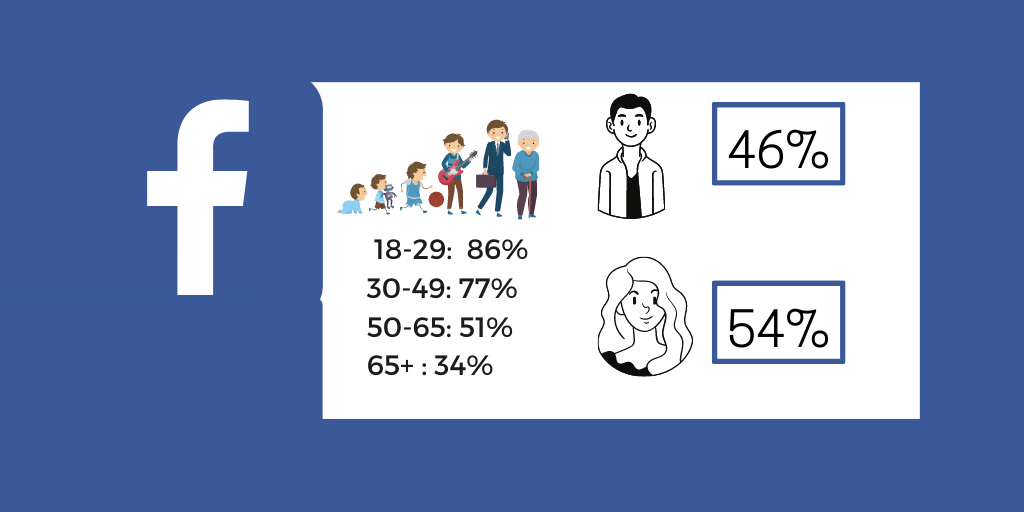

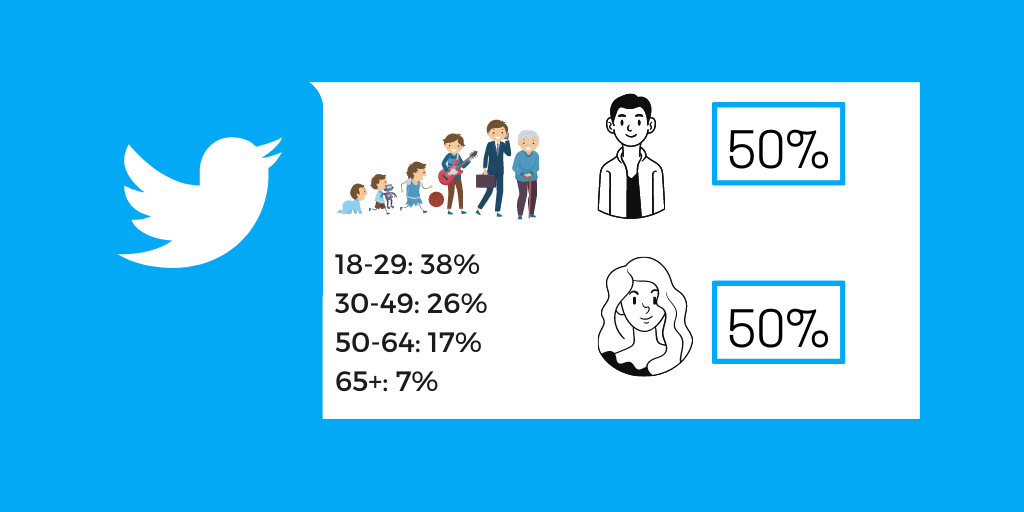
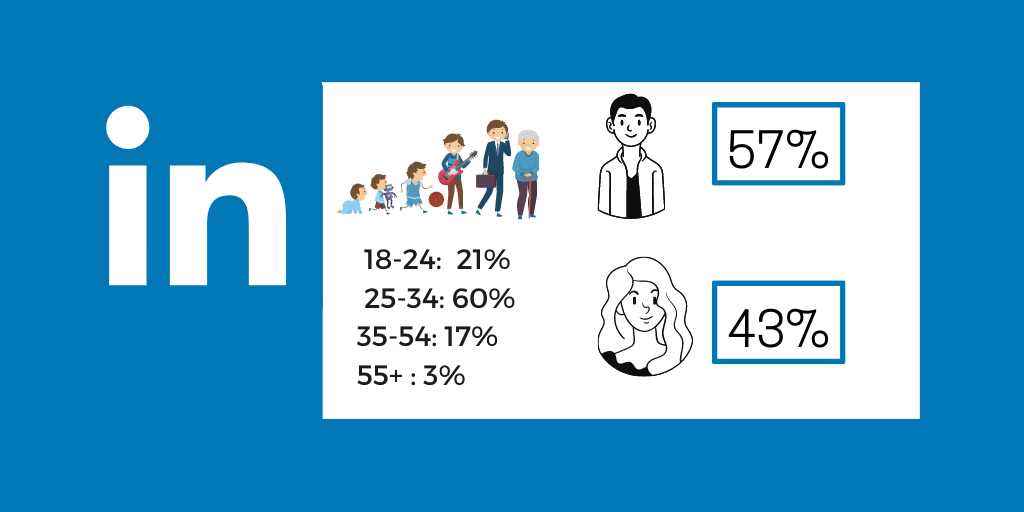
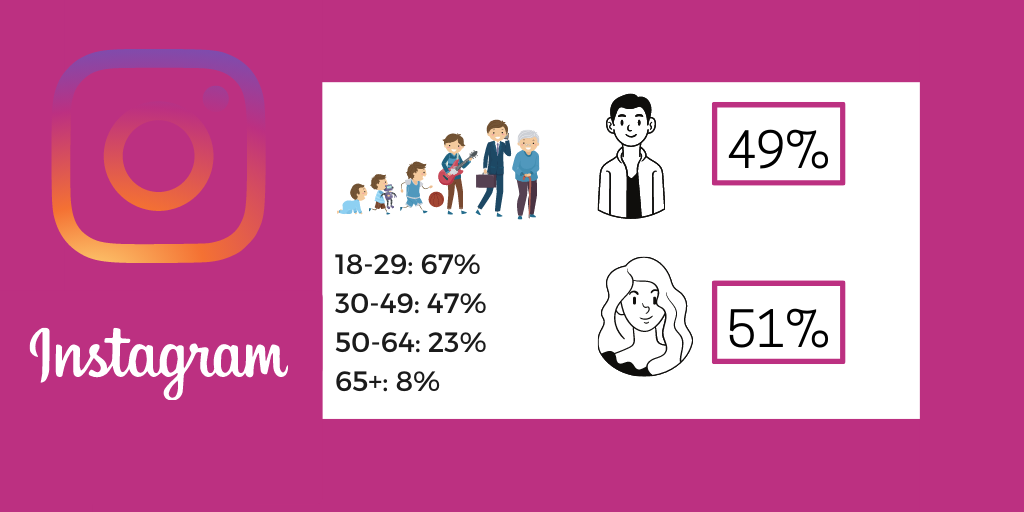
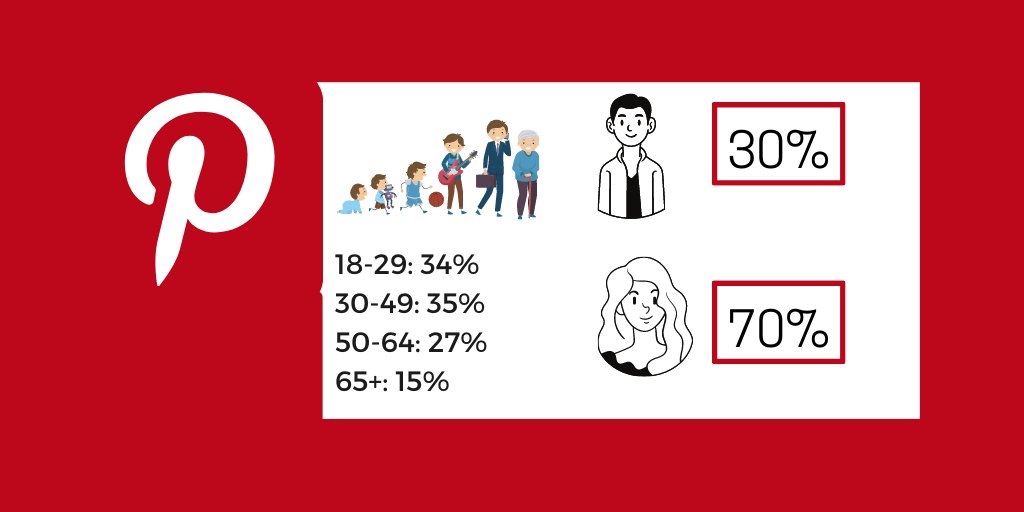
Recent Comments